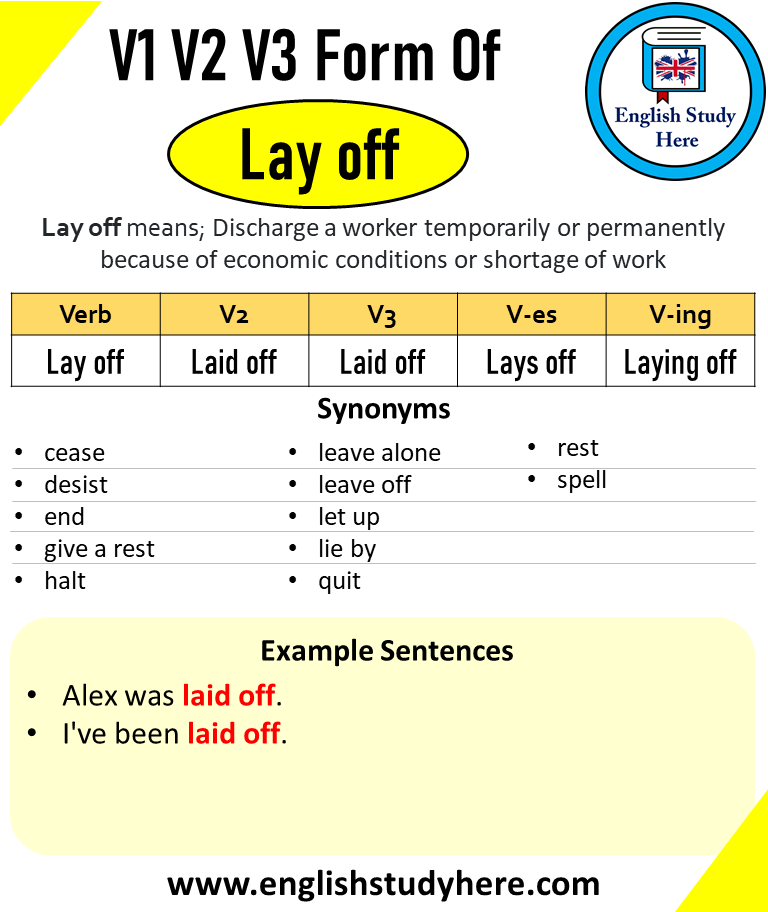Leave Past And Past Participle Form V1 V2 V3 V4 V5 Form of Leave
Are you diving into the world of English grammar and feeling a bit overwhelmed by verb forms? You’re not alone!
Understanding the different forms of verbs, especially when it comes to irregular verbs like “leave,” can be tricky. But don’t worry, we’ve got you covered. We’re going to break down the various forms of the verb “leave” – V1, V2, V3, V4, and V5 – in a way that’s easy to grasp.
Whether you’re a student looking to ace your exams or someone keen on polishing your English skills, knowing these verb forms can significantly enhance your language proficiency. Stick with us, and you’ll find yourself mastering these forms with confidence and clarity. Ready to transform your understanding of English verbs? Let’s get started!

Credit: in.pinterest.com
Verb Forms Of Leave
The verb “leave”changes in different tenses. It’s important to know these forms. The base formis “leave”. This is the V1 form. The past tenseis “left”. That’s the V2 form. For the past participle, we also say “left”. This is the V3 form.
Now, let’s talk about V4. It’s the present participle form. We say “leaving”. For V5, which is the third person singular, we use “leaves”. These forms help in making sentences correctly. Using them correctly makes your writing clear.
Past Tense Of Leave
The verb leavechanges in different tenses. In past tense, it becomes left. This means something was left behind or departed. The past participle form is also left. Use this form for actions completed before now. In continuous tense, the form is leaving. It shows ongoing action. The verb forms are simple to learn. Here’s a table for clarity:
| V1 | V2 | V3 | V4 | V5 |
|---|---|---|---|---|
| leave | left | left | leaving | leaves |
Past Participle Of Leave
The word leave changes in different forms. The base form is leave. The past tense form is left. In the past participle form, it is also left. This form shows actions that are finished. For example, “She has left the building.” It helps in making perfect tenses. The present participle form is leaving. It shows ongoing actions. The verb changes in these forms: leave, left, left, leaving, and leaves. Knowing these forms is important. It helps in writing and speaking correctly. It makes sentences clear and understandable. Everyone can learn these forms easily.

Credit: englishgrammarhere.com

Credit: englishstudyhere.com
Conclusion
Understanding the verb “leave” and its forms is essential. These forms are commonly used in daily conversations. Knowing V1, V2, V3, V4, and V5 helps in improving English skills. Practice these forms to communicate more effectively. Native and non-native speakers benefit from this knowledge.
It simplifies learning and enhances comprehension. Regular usage leads to better fluency. Remember, practice makes perfect. Keep learning and using these forms in sentences. This will boost your confidence in speaking and writing. Stay consistent, and your skills will surely improve.






